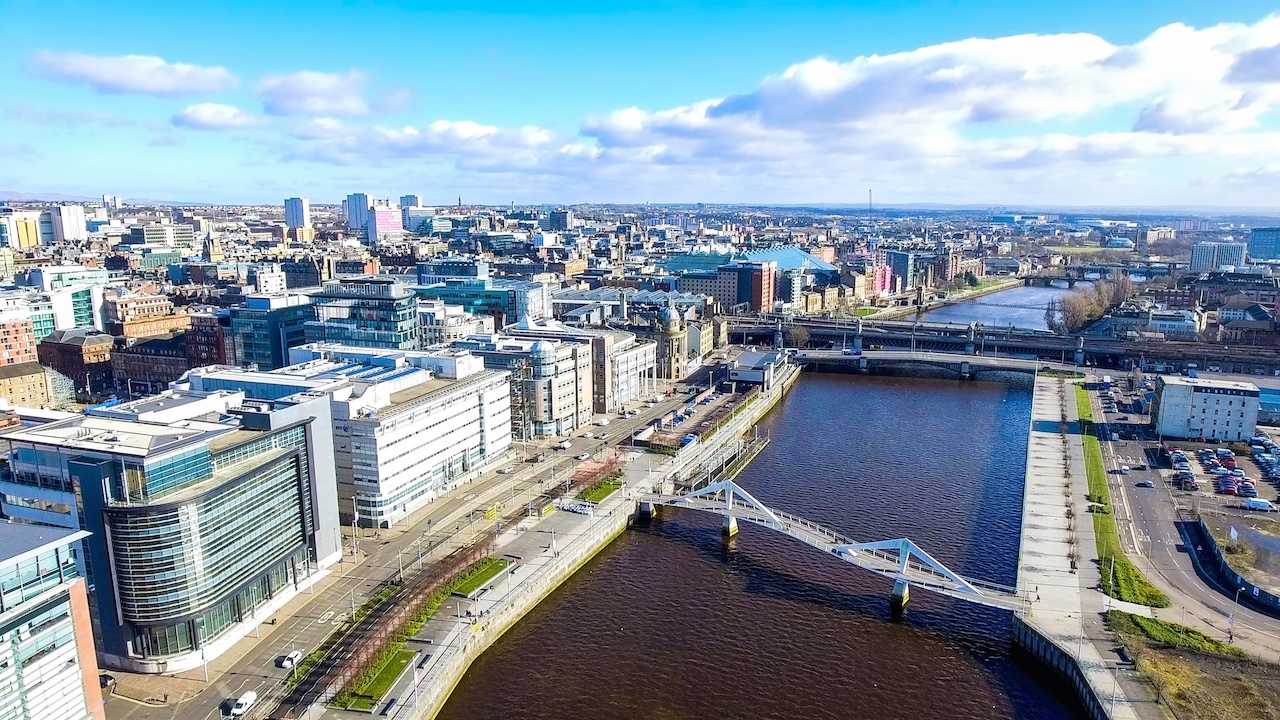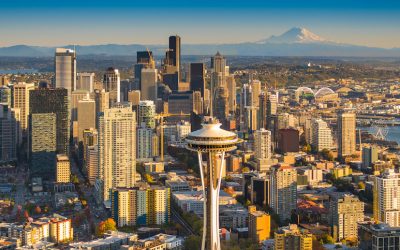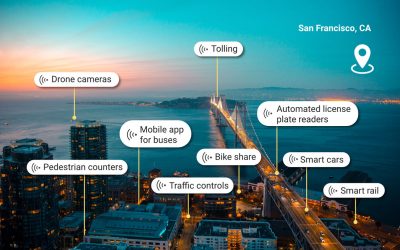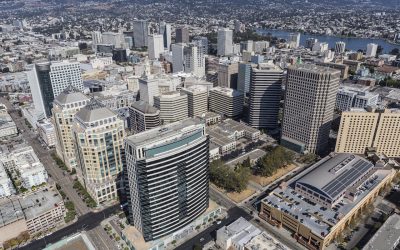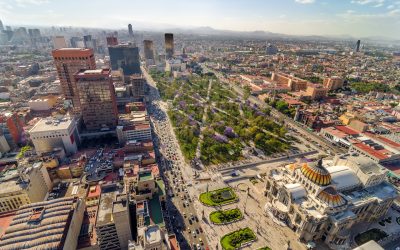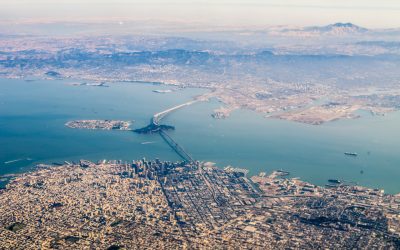Meeting of the Minds
What began as a 2-day summit in Oakland, CA in 2007, has grown into an internationally recognized non-profit organization with world-class events, year-round leadership programming, and an unparalleled digital platform.
Our mission is to bring together urban sustainability and technology leaders across sectors to share knowledge, best practices and catalyze lasting alliances and partnerships. We foster person-to-person and city-to-city learning by curating emerging trends and spotlighting projects and practitioners working on the future of sustainable, resilient, and equitable cities and regions.
We believe that the best solutions and partner ecosystems result from collaboration and engagement across sectors and disciplines. We convene leaders from international bodies, local government, state and federal government, corporates, startups, non-profits, academics and philanthropy.
Meeting of the Minds thanks and acknowledges the support of our current and past sponsors, including:
Foundations
Annie E. Casey Foundation
Barr Foundation
Burton D. Morgan Foundation
Ford Foundation
Lincoln Institute of Land Policy
Living Cities
New Economy Initiative
Paul G. Allen Philanthropies
Robert Wood Johnson Foundation
Rockefeller Foundation
The California Endowment
The California Wellness Foundation
The Cleveland Foundation
The JPB Foundation
The Kresge Foundation
The Volvo Research and Education Foundations
Healthcare
Kaiser Permanente
Sutter Health
Telecom
AT&T
Comcast
Qualcomm
Verizon
Global Technology Leaders
Cisco
Dassault Systémes
IBM
Itron
Microsoft
Oracle
Philips Lighting/Signify
Schneider Electric
Siemens
Transportation Leaders
Bombardier
Cubic
Daimler/Car2Go
Ford
JUMP Bikes/UBER
Lacuna
Keolis
Lyft
Streetlight Data
Toyota
Zipcar
Financial Institutions
JPMorgan Chase
PNC Bank
Wells Fargo
IT & IoT
Atonix Digital
Cleverciti Systems
Iteris
Logicalis
Roadbotics
RelayR Corp
Planning, Design, Architecture, Real Estate, Engineering, Construction
Black & Veatch
CBRE
CH2M Hill
Colliers
DKS Associates
Jones Lang LaSalle
Oxford Properties Group
Ramboll
Skidmore Owings & Merrill
WSP
Consulting Firms
Cognizant
ENGIE Impact
Deloitte
EY
PwC
Government
Ann Arbor SPARK
City of Berkeley, CA
Cuyahoga County
Federal Reserve Bank of San Francisco
JobsOhio
Metrolinx
State of Michigan
Resources: Water and Energy
AEP Ohio
DTE Energy
Festival Hydro
FirstEnergy
Marin Clean Energy
Natural Resources Defense Council
Sacramento Municipal Utility District
Shell
Xylem Water
Innovators
Cleveland Neighborhood Progress
JumpStart
Natural Resources Defense Fund
Rock Ventures
The New School
University of California
UrbanFootprint
Recent Webinars
Recent Articles
Our Cleanest Cities and their Zero Carbon Progress
In the face of our climate crisis, most of these cities have ambitious plans to become carbon neutral with zero net greenhouse gas (GHG) emissions. These cities plan to generate all electricity with renewables. At the same time that wind and solar power are being massively deployed, buildings and people are becoming more efficient, requiring less electricity.
Getting to 100 percent renewable electricity, however, does not cut even half of a city’s GHG emissions. Buildings typically use natural gas (methane) for heating, cooling, hot water, and cooking. Vehicles spew emissions by burning gasoline, diesel, natural gas, and other fossil fuels. To take advantage of renewable electricity, buildings and transportation will need to be all electric and efficient.
How Innovative Cities Benefit from Mobility IoT Data
Shifting to a high-tech mobility future is challenging transportation experts to think in a different way. It used to be the car was the common thread for all this data, but we are now making room for so many new modes, and new ways to gather analytics for those modes.
We’re at the point where we have plenty of data, now it’s time to start understanding these issues and how they interact. Mobility experts have created measurement tools, but not as much thought about how they all come together for the bigger picture.
Big Data is helping integrate these data flows, making sense of disparate sensors and creating a single-source “dashboard” that gives cities a whole new level of insight into the modes on their streets.
Oakland’s Clean Energy Economy Strategy
Oakland and other cities in California are working to end dependence on natural gas in new construction. Cities, product manufacturers, regulators, and utilities in California have been working together under the Building Decarbonization Coalition to end the use of natural gas in buildings. This coalition and its members have demonstrated the availability of electric technologies to replace gas systems in all building types, shown that all-electric new construction is cheaper to build and operate than buildings with gas, and helped educate builders and contractors to show how modern electric systems like heat pumps and induction cooking deliver better cooking and heating for homes and businesses than their gas-based alternatives.
Ford City:One Offering up to $550k in Pilot Funding for Mobility Solutions
In its second year, the Ford Mobility City:One Challenge (Formerly City of Tomorrow Challenge) program is a space for residents, businesses and community groups to connect and collaborate on solutions that improve mobility in cities. This year the Ford program has expanded to four more cities; Michigan Central Station (Detroit); Indianapolis, IN; Austin, TX; and its first international city, Mexico City.
The Power of Data from Urban Air Quality Monitoring Networks
Improved understanding about local air quality can support significant policy changes and targeted incentives, including electric fleet conversions for particular transit routes, the provision of emission-control technologies or alternative routes for heavy duty trucks, targeted fuel-switching efforts for home heating in heavily impacted communities, or the enactment of new regulations for specific industrial operations. We can also use data about localized air pollution exposures to study health outcomes under specific environmental conditions. With the wealth of these new, localized data on air quality, supported by low-cost sensor technology, we can design the policies and deploy clean energy strategies that truly empower local communities and protect public health.
Landscape Solutions for Smart, Healthy, Resilient Cities
Landscape architects have long been designing for these multiple benefits, and their broad training and systems thinking makes them well-equipped to tackle new challenges brought on by a changing climate, increasing urbanization, and growing inequity. Cities are landscapes and should be planned and designed using a landscape approach; one that considers the larger systems and flows of water, energy, waste, species, and people and how they are nested at various scales. The landscape approach results in distinct multi-functional spaces that are so well resolved that the design intricacies may not be apparent at first glance. These landscapes respond to their context to facilitate connections, transitions, circulation, and views, in addition to addressing key project goals.







